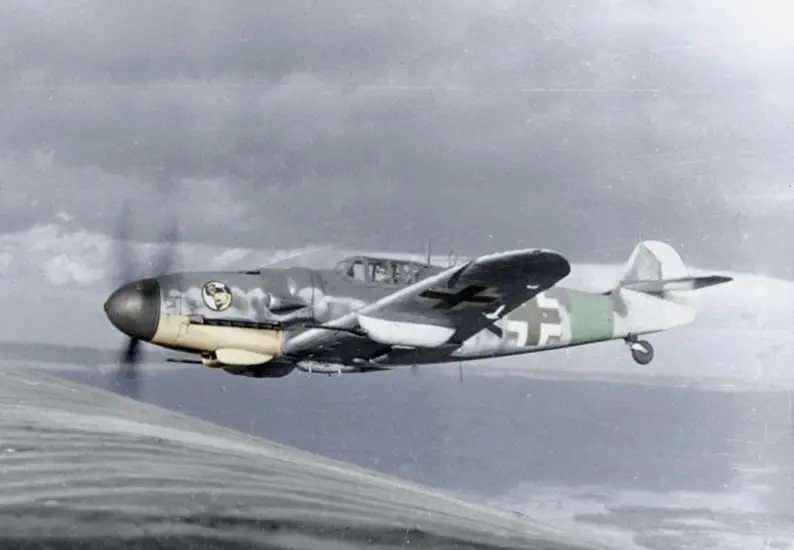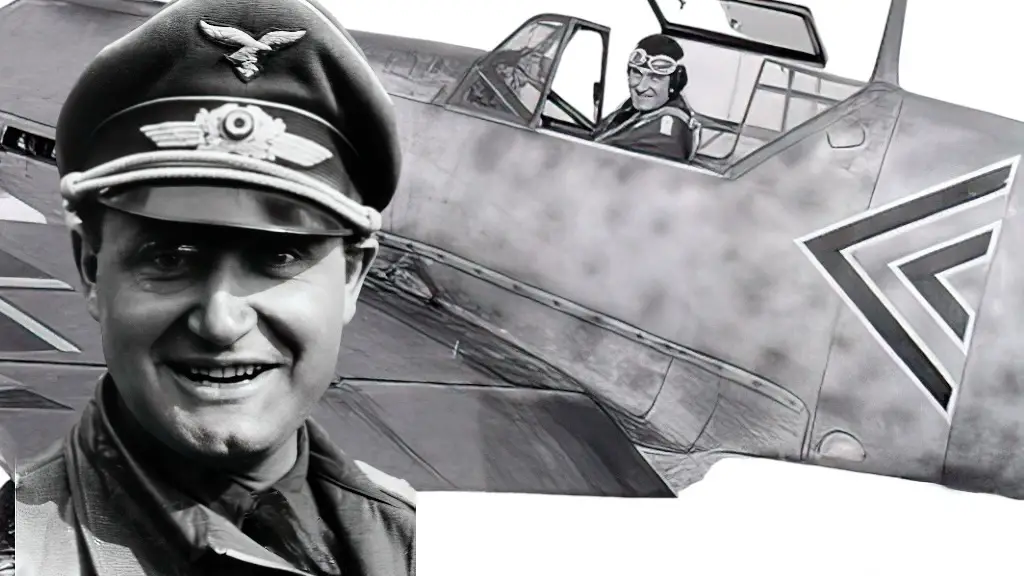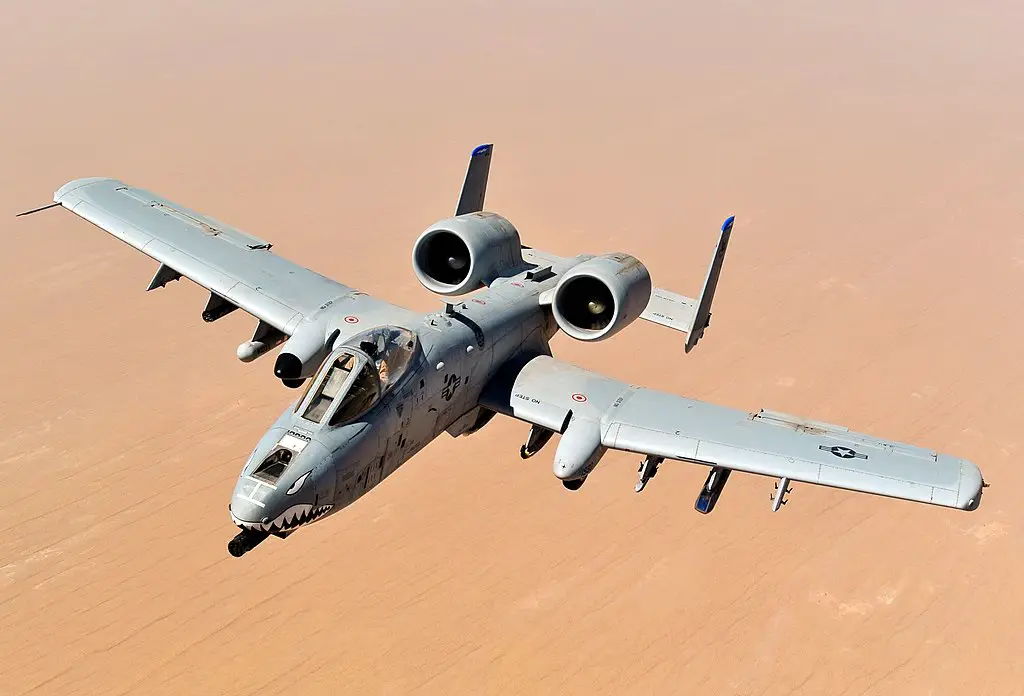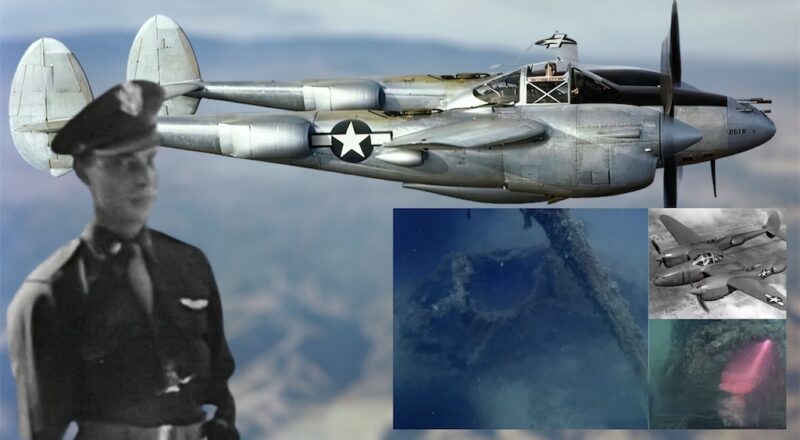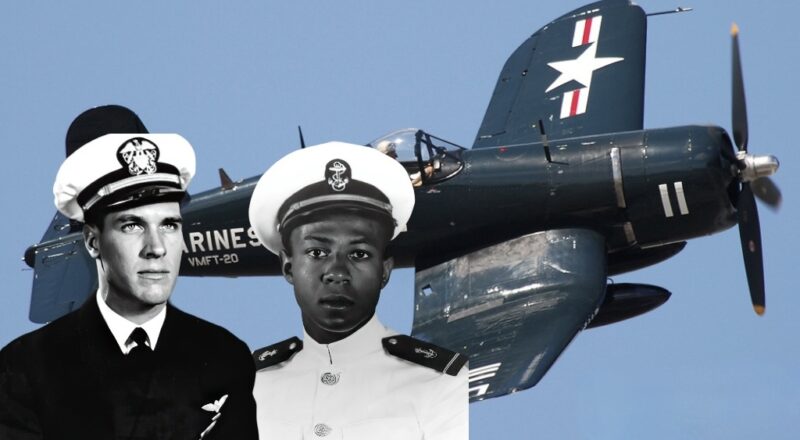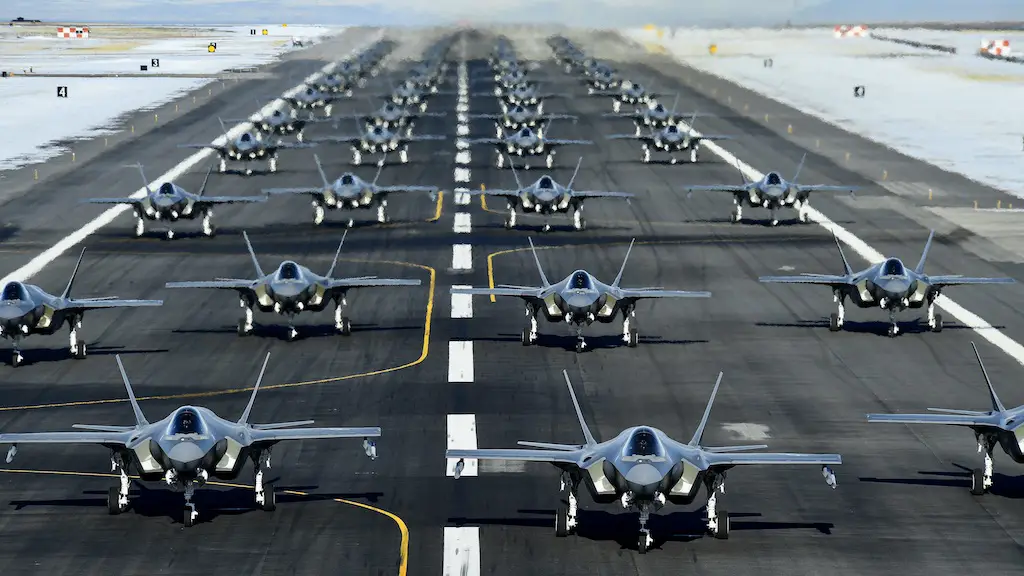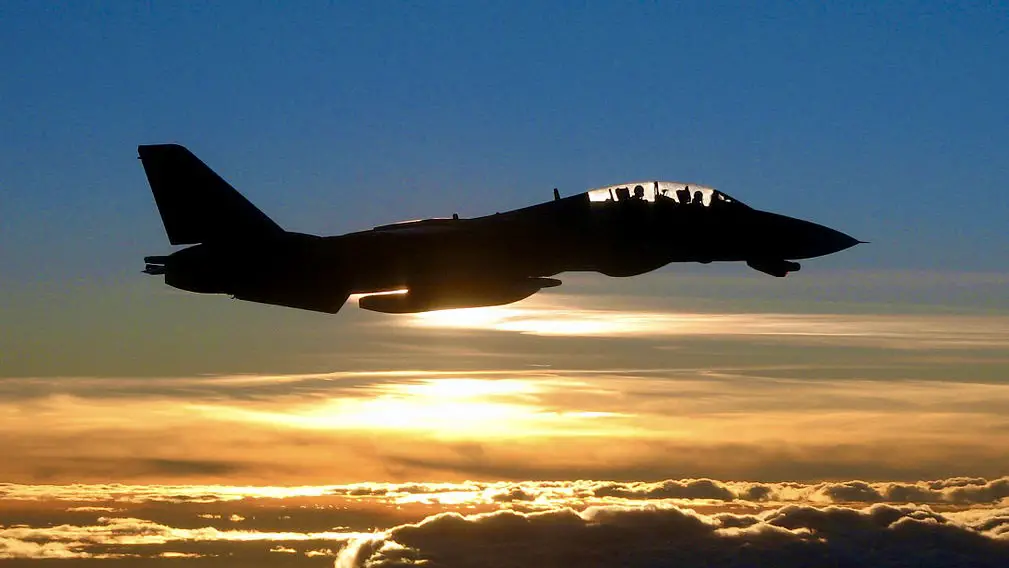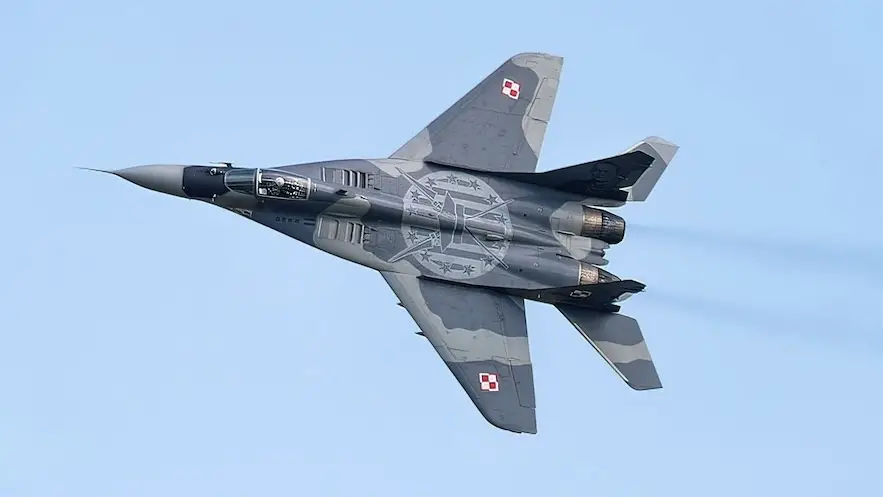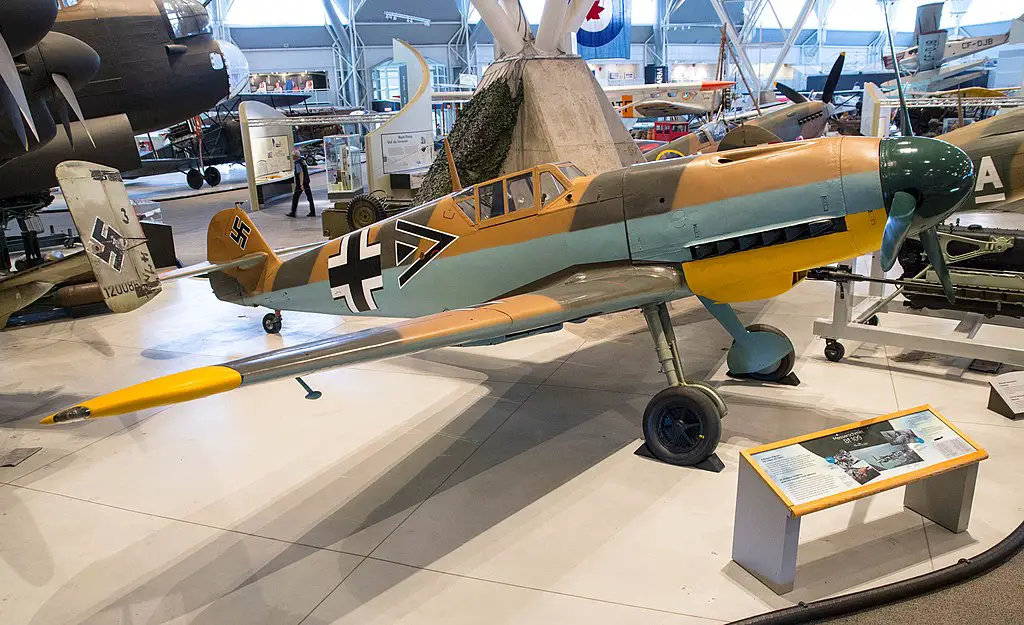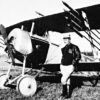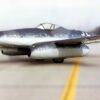The Ace’s Final Sortie
In 1942, the conflict between Germany and Soviet Russia reached its peak. Messerschmitts prowled the skies over the Russian countryside, searching for their next target. Amidst this chaos, a German fighter, piloted by the renowned Ace Friedrich Beckh, met its fate. Enemy fire shot down the aircraft, which disappeared through the clouds. This event marked Beckh as missing in action and left his fate a mystery. However, 60 years later, a startling discovery emerged – the long-lost plane, with Beckh still inside its cockpit.
Friedrich Beckh’s journey to becoming an Ace took an atypical path. Born in 1908, he initially served in the German Army’s Cavalry before joining the Luftwaffe in 1935. Despite not being a natural pilot, Beck’s determination drove him to rise through the ranks. When World War II began, he was beyond the usual combat age, serving as an instructor. A friendship with Werner Molders, a Luftwaffe legend, dramatically changed his career, leading to transfer to a combat role in Molders’ unit, JG51.
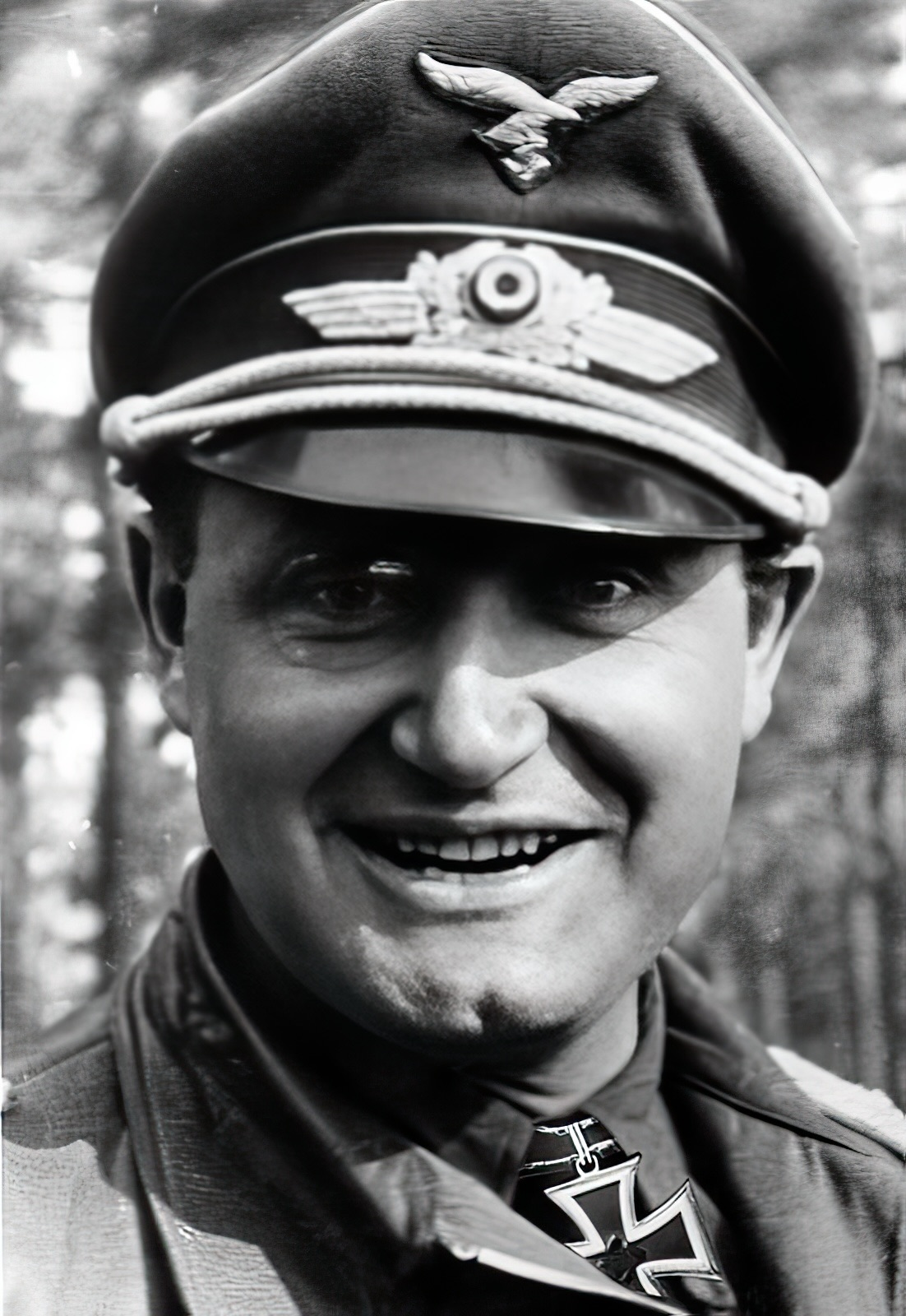
From Instructor to Combatant
Beck’s shift from instructor to combat pilot was significant. Assigned to fly the Messerschmitt BF-109, he tackled challenges due to his age and deteriorating eyesight. Yet, his enthusiasm remained strong. Learning from the best, including Molders, Beckh soon engaged in combat. His first victory, shooting down a Spitfire, came in 1941. By the end of 1941, he had impressively claimed 26 kills on the Eastern front, exceeding expectations for someone of his background and age.
Beckh faced several challenges despite his success. In September 1941, he narrowly survived a crash landing after enemy fire struck him. He sustained serious injuries but made a remarkable recovery, returning to the skies in spring 1942. As the war intensified, so did Beckh’s prowess. He claimed six Soviet aircraft in a single day, increasing his total to 41. These achievements earned him a promotion and command of a new unit, JG 52.
The Ill-Fated Mission
On June 21st, 1942, Beck embarked on a mission that would become his last. Leading JG52, he flew a low-level sortie near Kharkov, Russia. He and his wingman attacked a Russian airbase, destroying two aircraft on the ground. However, during their ascent, Soviet anti-aircraft fire struck Beckh’s plane. Amidst the chaos, his wingman couldn’t confirm Beck’s fate, leading to his classification as missing in action for the next six decades. This mission abruptly ended Beck’s remarkable and unconventional combat career, leaving a void in the history of aerial warfare.
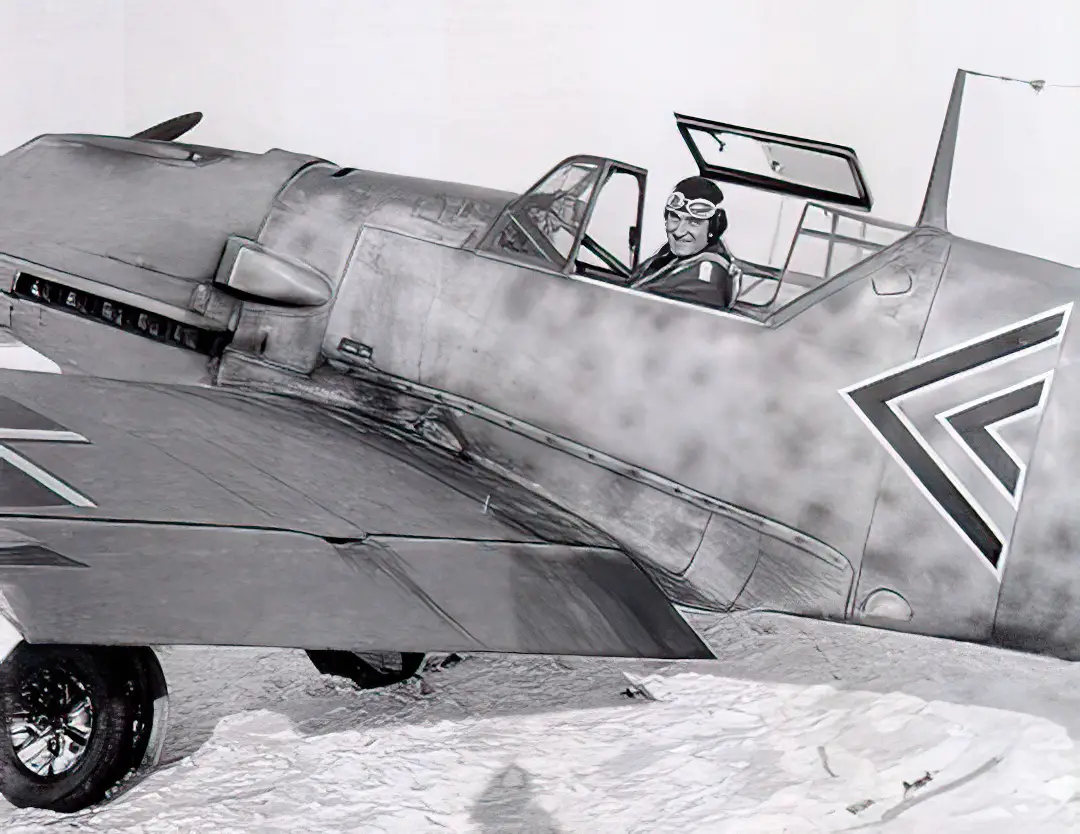
The Mystery Unravels Six Decades Later
In 2004, the mystery surrounding Friedrich Beckh’s fate began to unravel in Veluki, a quiet Russian town. A routine road construction project led to an extraordinary discovery. As workers turned the earth, they unearthed the wreckage of an aircraft – a relic from a bygone era, with the pilot still inside.
The construction crew in Veluki stumbled upon a historical treasure. While preparing the land for a new road, they discovered the remains of a Messerschmitt BF-109 fighter. Remarkably, the pilot’s body was still inside the cockpit. This discovery opened a window to the past, revealing a physical remnant of the brutal war that once engulfed the region.
Identifying the aircraft was crucial. Marked with a white 4, this BF-109 F4 was confirmed as Beckh’s. The crash details began to emerge, illustrating Beck’s final moments. After anti-aircraft fire hit him, Beck either lost consciousness or control, leading to a nose-dive into the ground. Typically, such an impact would destroy the aircraft’s structure, but Beck’s crash site was unique.
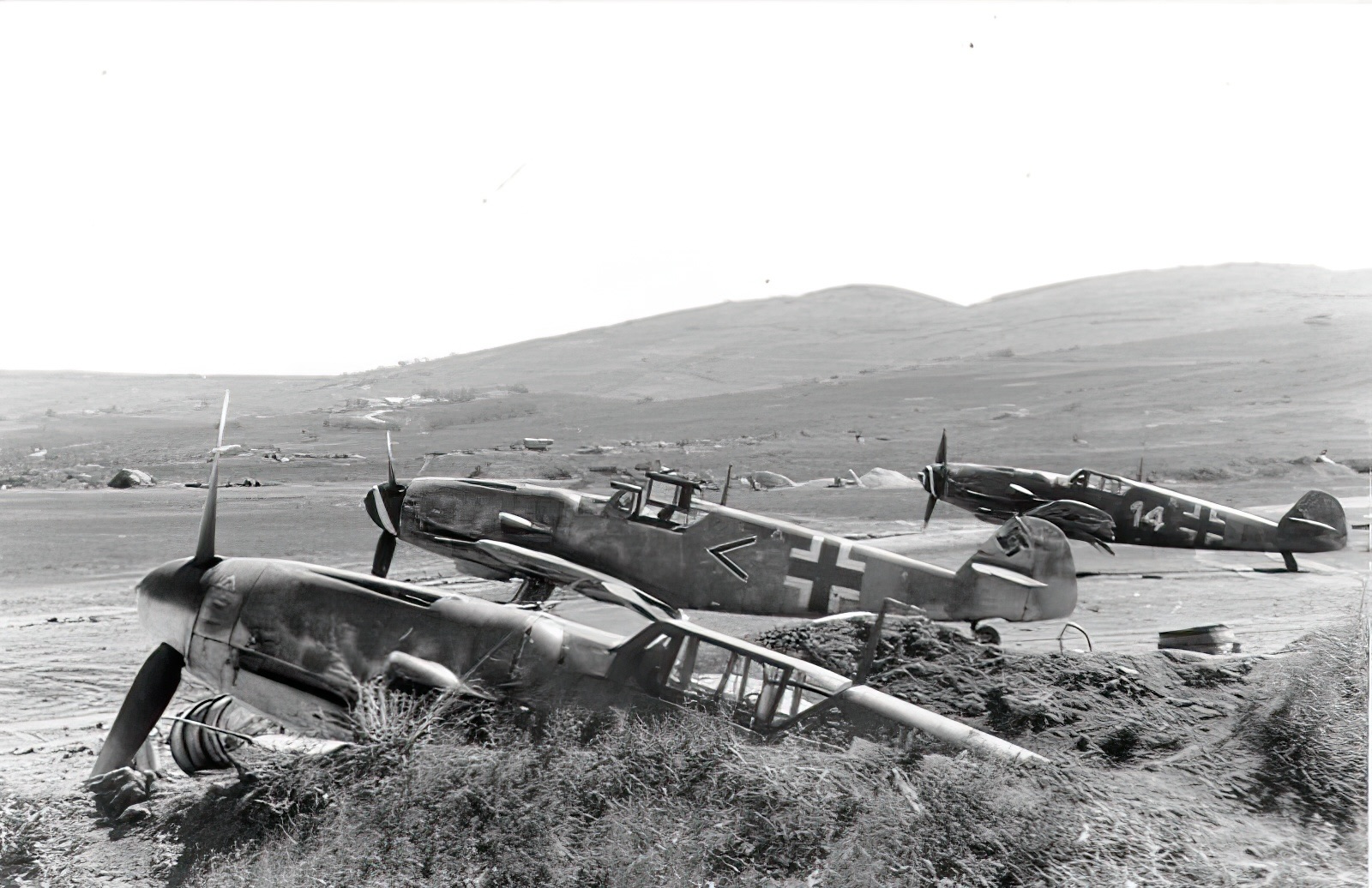
A Natural Preserver
The crash site’s location in a marsh played a crucial role in preserving the wreckage and Beckh’s remains. The soft, muddy ground of the marsh cushioned the crash’s impact. This natural preservation was fortunate, as marshlands are difficult to navigate and develop. The challenging terrain and harsh Russian winters had concealed Beck’s final resting place for decades.
The excavation of the plane allowed the final chapter of Beckh’s story to unfold. Beck, the senior Ace and commander of JG52, met his end during that sortie over Veluki, perishing inside his fighter. The marshland, his unintended mausoleum, preserved his legacy in a frozen moment of time.
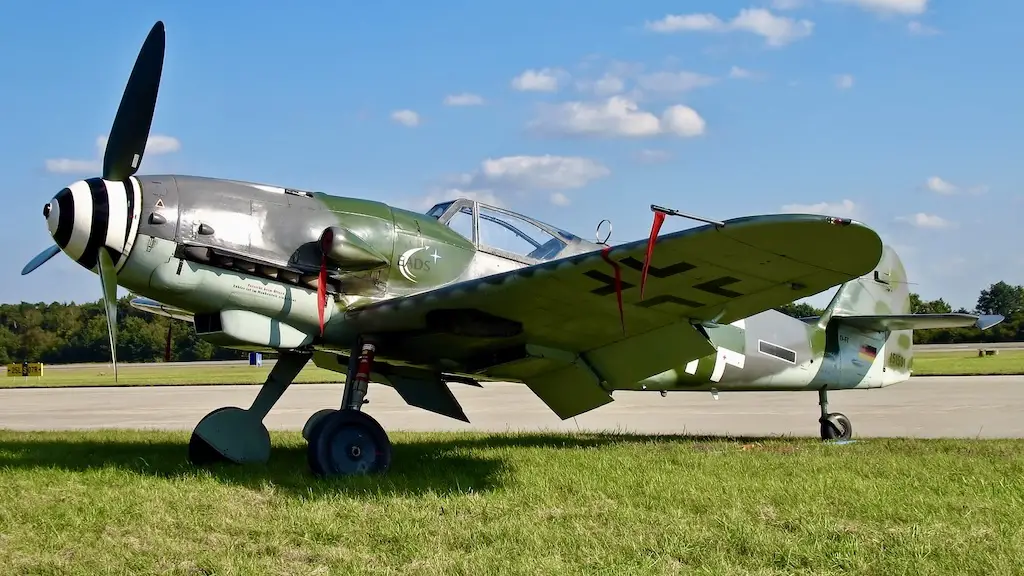
Legacy and Reflections
The recovery of Beck’s aircraft and remains humanizes war history’s often impersonal nature. Each aircraft, tank, or ship has stories of the individuals who operated them – each with their own aspirations, fears, and fates. Friedrich Beckh’s story highlights the personal sacrifices and challenges of combat, deepening our understanding of wartime experiences. Uncovering and recounting these stories contributes to a more nuanced understanding of the war and its lasting influence on global affairs.
